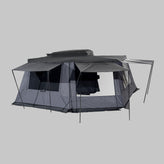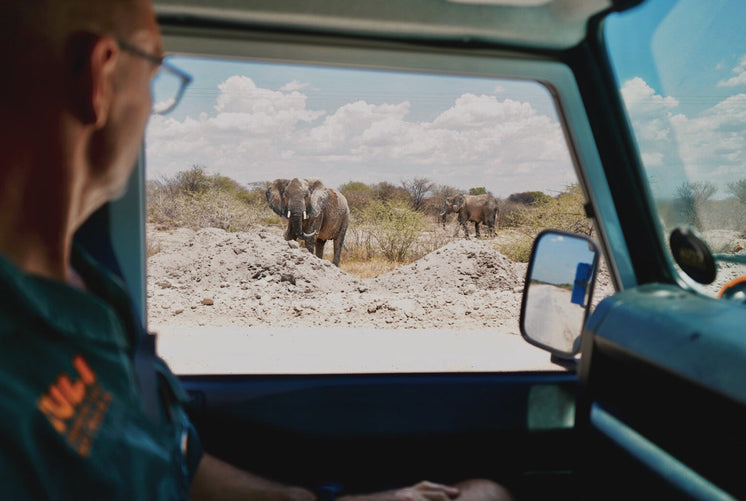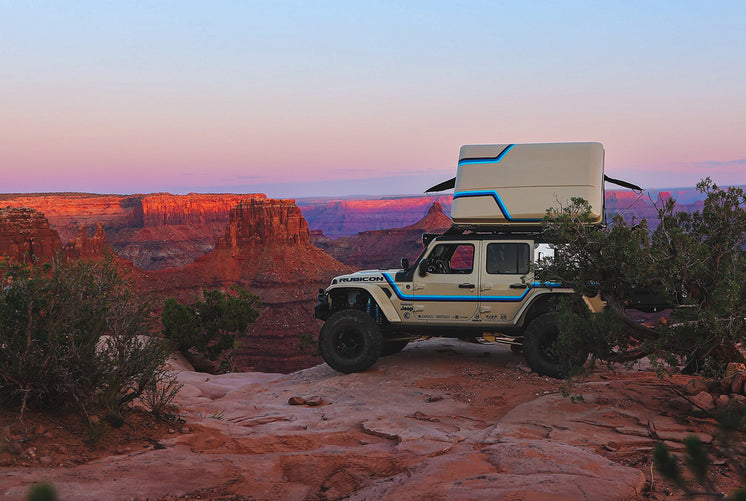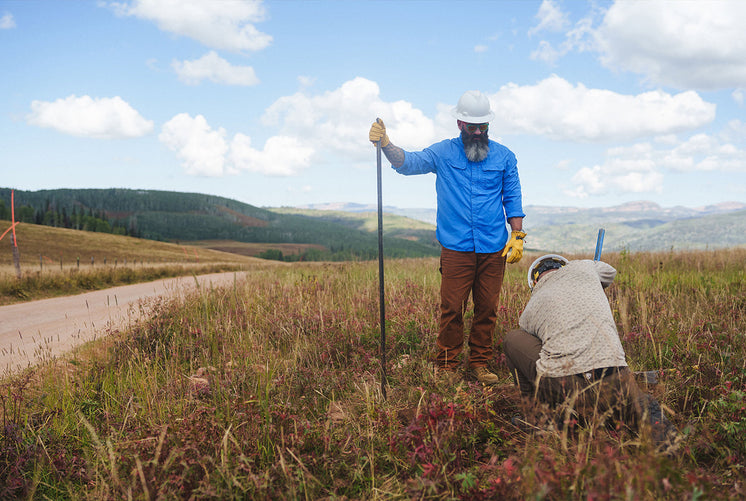What is a Roof Top Tent | The Ultimate Guide to Roof Top Tents
What is a roof top tent?
Roof top tents have been making headlines as one of the best ways to camp, but what is a roof top tent? A roof top tent is a portable shelter mounted to the roof of your vehicle or rack system. They are quick to deploy, favored by overlanders, and bridge the gap between a traditional tent and a recreational vehicle.
If you're looking for a roof top tent that will fit your vehicle and sleep capacity, you can use out Ultimate Tent Finder Tool.


How roof top tents came to be
The first roof top tents originated in Europe in the mid-20th century. Independent travel was growing hand in hand with car tourism, and these new tents solved multiple frustrations. The everyday adventurer no longer needed to worry if the roadside hotel was fully booked when arriving in an unfamiliar town. Roof top tents also saved travelers money by forgoing the expense of formal lodging.
The first designs were a pop-up style with a hard shell and a fold-out canvas tent, now known as the ‘soft shell’ style. These roof tents were commonly referred to as “Air Camping” due to their elevated position on top of a vehicle. The appeal of air camping was clear from the start, though it has seen a resurgence in recent years as new designs have transformed the market potential. These include fold-out hard shell tents like the Skycamp, hybrid tents utilizing a book fold design, wedge-style tents, and even miniature tents that can mount to a compact car.


How does a roof top tent work?
Today, most roof top tents practically pitch themselves, so even the most inexperienced camper can set up in under five minutes. Modern RTT designs feature gas struts to lift the tent shell once the latches have been released. Depending on the model, you may also need to unfold an expansion panel and deploy the ladder.
What is the point of a roof top tent?
Roof top tents present many advantages over other options, most crucially how accessible they are. If you’re still wondering what is the point of a roof top tent? Here are 10 reasons why they’re worthwhile.
- They remove intimidation barriers to camping because of their simple design and ease of setup. No specialty experience is required to hop in the car, drive to a campsite, and lift the latch on your tent.
- They offer the opportunity to car camp while still sleeping under the stars in the fresh air of the outdoors. Many roof top tents feature a skylight which gives the experience another layer of romance.
- The views are better. No need to imagine what the scenery looks like without the picnic tables and the neighboring camper’s setup. From on top of your vehicle, you can bask in the views you drove out to see, entirely unobstructed.
- Roof top tents free up storage space inside your vehicle, allowing your gear to be better organized without blocking the rear view or blind spots.
- Roof top tents can go anywhere your car can go. This makes them especially popular for overlanding and dispersed camping because there’s no trailer or bulky recreational vehicle to maneuver.
- The average roof top tent includes a mattress that can be stored inside the tent, reducing the amount of extra gear to pack. (Goodbye cots and air beds!) Some RTTs have a generous enough shell that you can also store sleeping bags and pillows inside the tent between destinations, freeing up even more room inside the car.
- Camping in a roof top tent offers greater comfort and convenience than a traditional tent and is a more affordable alternative to an RV or camper van.
- They get you up off the ground. Quite literally. You won’t need to worry about finding a level spot to pitch your tent. You also won’t need to worry whether there are rocks or roots under your sleeping bag. You might even find there are fewer uninvited guests (of the critter variety) walking right through the tent door.
- Weather conditions are more forgiving from an elevated position. It is much more comfortable to camp in shoulder seasons if your tent canvas isn’t wicking up mud, rain, and snow. The cross breeze on summer nights isn’t bad, either!
- As the roof of your vehicle serves as the base of the tent, it is comparatively warmer than sleeping directly on the ground. Hard shell roof top tents can also serve as a windbreak, further sheltering you from the elements.


Do I need a special car for roof top tents?
With so many options to choose from, there’s a roof top tent for every vehicle. You do not need a special car or even an off-road vehicle to join the club. There are roof top tents like the X-Cover 2.0 Mini suited to compact cars and truck bed racks, as well as king-size tents like the Skycamp 3.0 suited to larger vehicles like SUVs. The best thing you can do is research the options, then seek out a style that fits your needs, your car, and your budget.
There are multiple considerations to account for, such as:
- The static and dynamic weight your car can support vs the weight of the tent.
- The dimensions of the tent vs the roof of your vehicle.
- How you will mount the tent to your vehicle. Does your car already have rails or cross bars? Do they align with the mounting hardware on the tent? Maybe your car is the right size, but the cross bars don’t quite work, and a roof rack is a better option to get the tent you have your heart set on.
Each tent manufacturer will have comprehensive specifications so you can make an informed decision. If you’ve never explored roof racks or static and dynamic weight, the customer service team of any RTT brand should be able to walk you through it all. If you want a complete showroom experience to see the tents up close and better understand the finer points of each model for comparison, many RTT makers have dealer locations where you can do just that.

Do I need anything to go with a roof top tent?
Depending on the experience you’re seeking, you can take a minimalist or maximalist approach to camping in an RTT. You want to be sure to cover your basic needs, so there are a few key items to pack for your next adventure.
Check the weather forecast and consider what clothes will be appropriate, as well as any topical toiletries like bug spray or sunscreen. Lights (flashlights, lanterns, headlamps) are not only a creature comfort but also a safety consideration to navigate camp once the sun goes down. Not every campsite will have running water, latrines, or communal waste stations, so be prepared. Pack 1 L of water per person per day. Bags to pack out your garbage and recyclables. Toilet paper and any toiletries and hygiene items appropriate for where you’re camping. If you’re unfamiliar with best practices for camping without a bathroom, give this a read. Looking for tent accessories to take things to the next level? Definitely consider an Annex that can provide shelter from wind or elements when you’re not sleeping. Storage Racks or Shoe Racks are a popular choice to keep essentials within arm's reach (and out of your bed).

Of course, you’ll need to pack something to eat and a way to eat it while camping. Kitchen systems can take whatever shape is most relevant to you. Maybe you just want a way to brew your morning cup of coffee and heat water for dehydrated backpacker meals. Though if you fish or hunt - or just like to eat well - you may want a more robust kitchen system like the Disco Series that allows you to prepare meals from scratch. If your meal plan includes perishable provisions, a cooler and ice should be added to your packing list. As well as dishes and utensils.
While roof top tents universally include a basic mattress, you’ll need a bit more than that to get a restful night’s sleep under the stars. You might have sleeping bags, pillows, or blankets at home that will work just as well as any you may find at an outdoor equipment store. We can promise that no RTT camp counselors are coming to do bed inspections and judge you for bringing an old comforter over a -20 mummy bag. However, some sleep system items are worth the splurge for the comfort and convenience they offer. Down blankets and sleeping bags can compress to a fraction of their size, allowing them to be stored inside your RTT. This means less time making and unmaking your bed, as well as fewer items to pack inside your vehicle. The RTT Sleeper is specially designed for use in roof top tents with more fill in the top half of the bag to keep you warmer where it matters most. If you’re thinking you might want to upgrade your mattress, or any other bedding for your tent, check out the Sleep Systems collection.

Thinking about a roof top tent?
We’ve covered quite a lot of ground here. Not only what is a roof top tent? But also the hows and whys and everything left out of the scenic photos on Instagram. We think the expense of a roof top tent is worth it for the ease, comfort, and accessibility. If you’re curious enough to have read this far and still have unanswered questions, contact our customer service team or visit our showroom in Washington so we can help you find the right iKamper roof top tent for your vehicle.









































